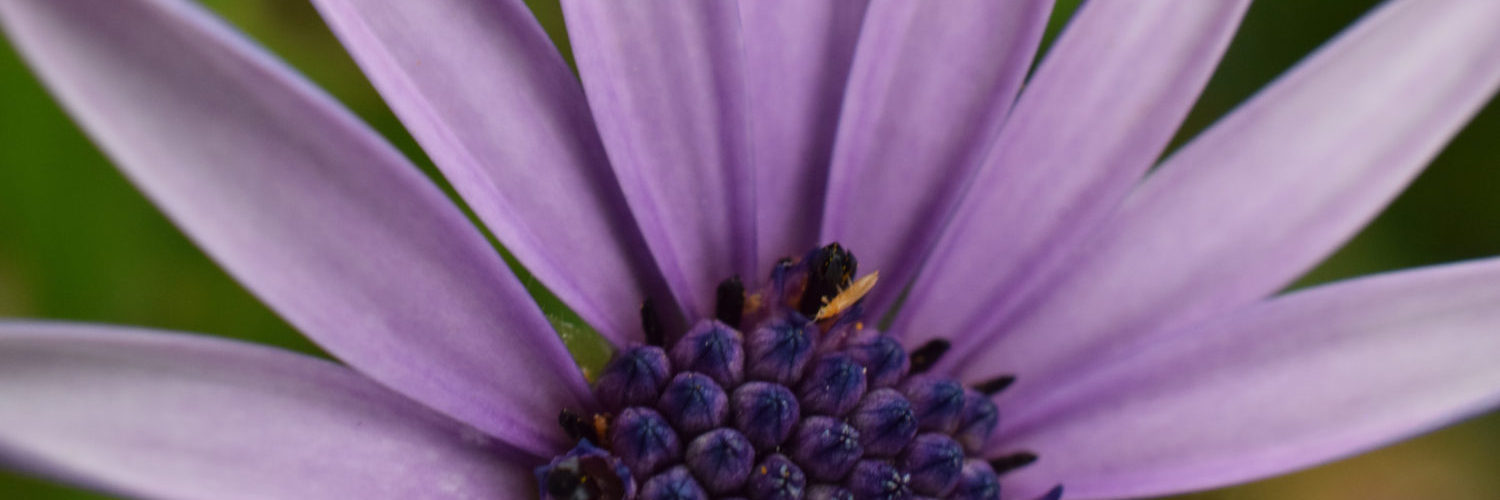
Edges in ecosystems are exciting places. They allow for the biggest variety of life. On the edge of a forest where it is next to a meadow, the meadow life and the forest life co-exist, as well as species that thrive only along that edge. At the edge of a pond, the water creatures co-exist with the plant life growing next to the pond. And some plants and animals, such as reeds and amphibians, live only in these watery edges. Another example of an edge is a boulder in a field where the grass grows thicker next to the boulder, and birds and other creatures nest there.
The value of edges is also found in hedgerows. Hedgerows are a traditional part of farms that many people have forgotten. Besides windbreaks, hedgerows serve as edges for a variety of wildlife habitat, a filter for water, natural fencing, barriers to keep out pollutants, and they add visual interest and beauty to the landscape.
Although our land has transitioned to being less about hedgerows and fields, and more about edges of various bio-regions, crossing hedgerows evokes a feeling of community coming together – people leaving their homes to cross through the hedgerows and meet at the Sanctuary. It also evokes the feeling of movement of pollinators and wildlife moving through the edges and hedgerows. Even though we may not always see them, we know they are there.
These concepts may spark other feelings and meanings for you as you now see the alchemy of edges in nature. And you may also begin to take greater notice of the abundance created in these spaces.
